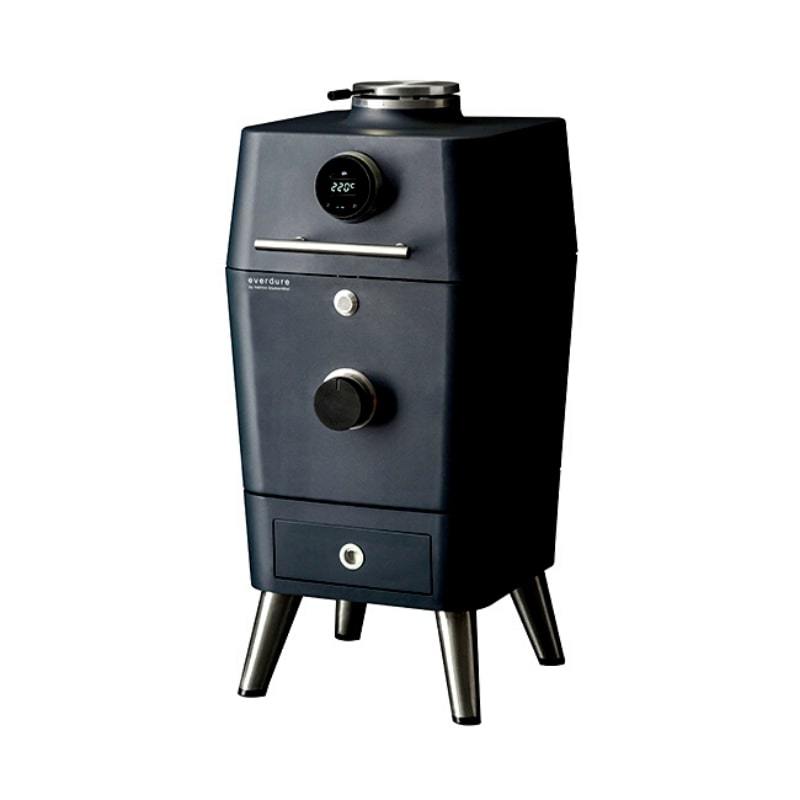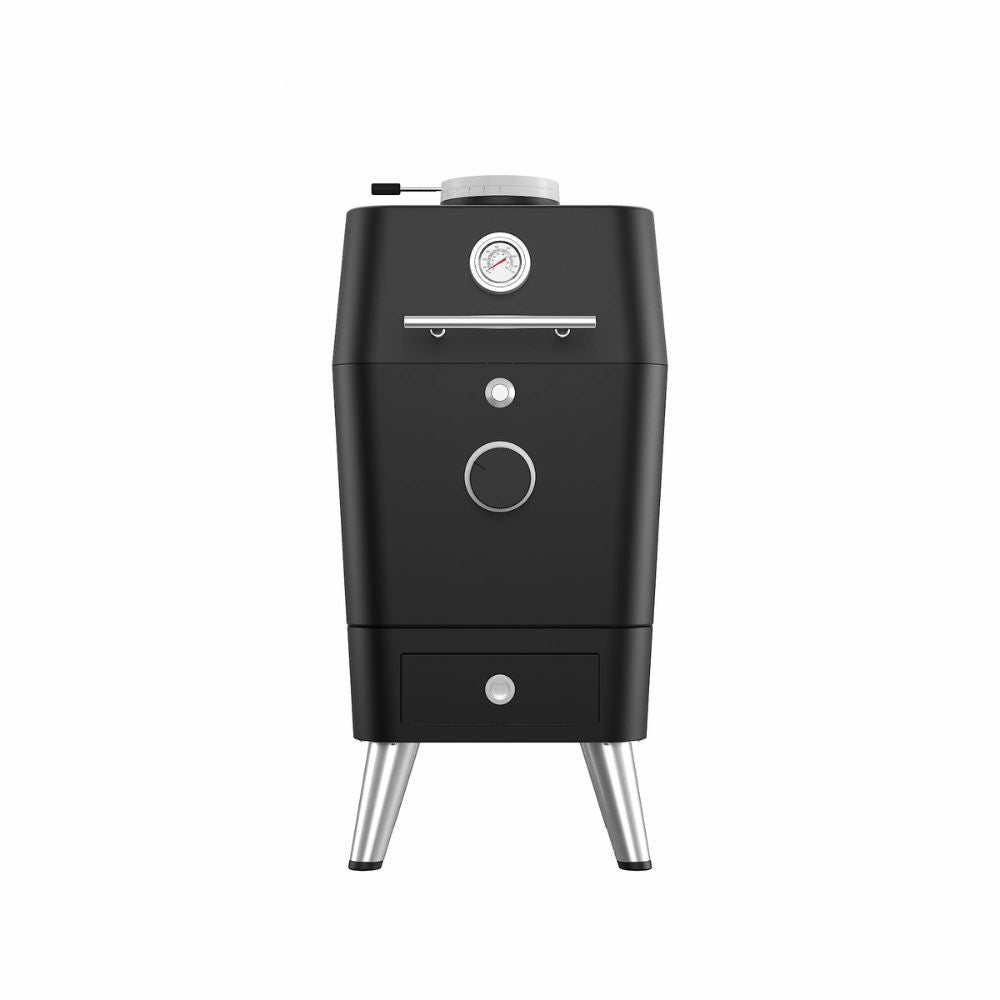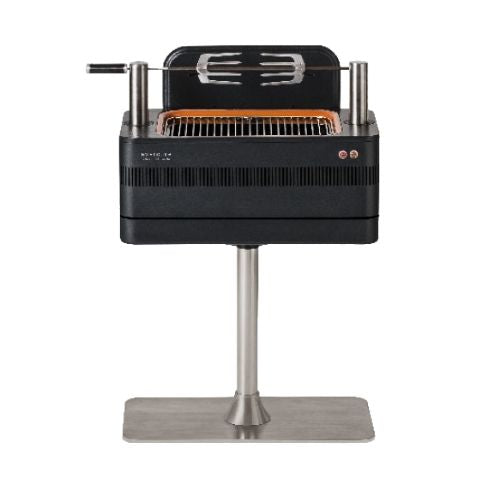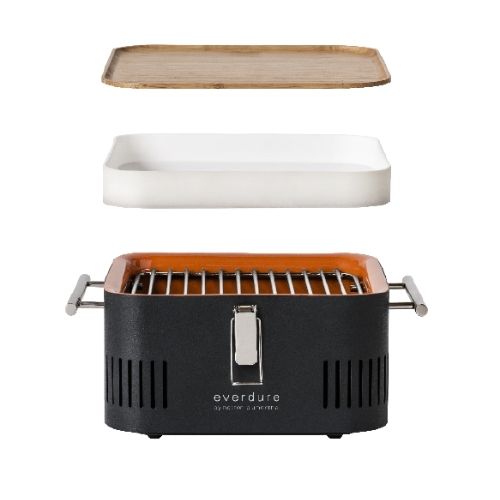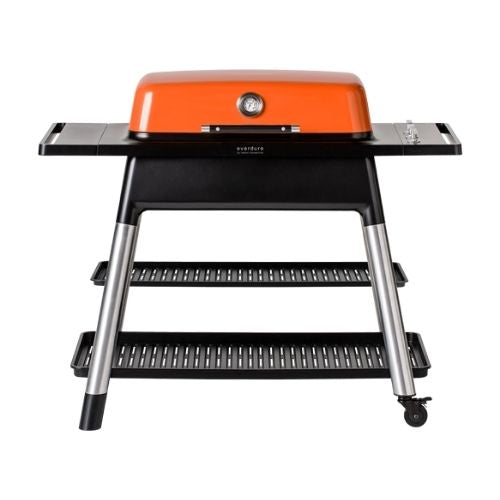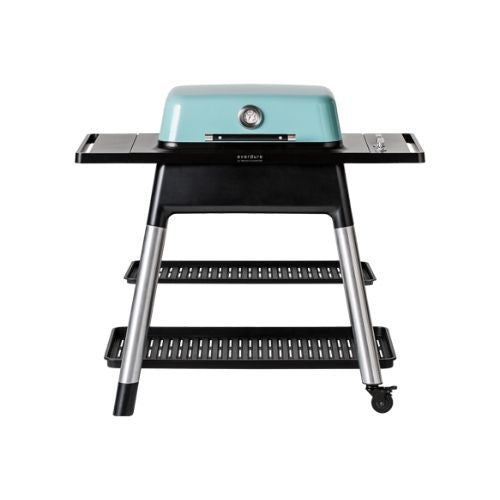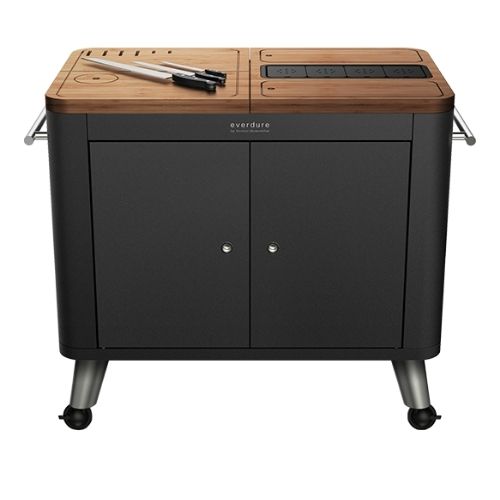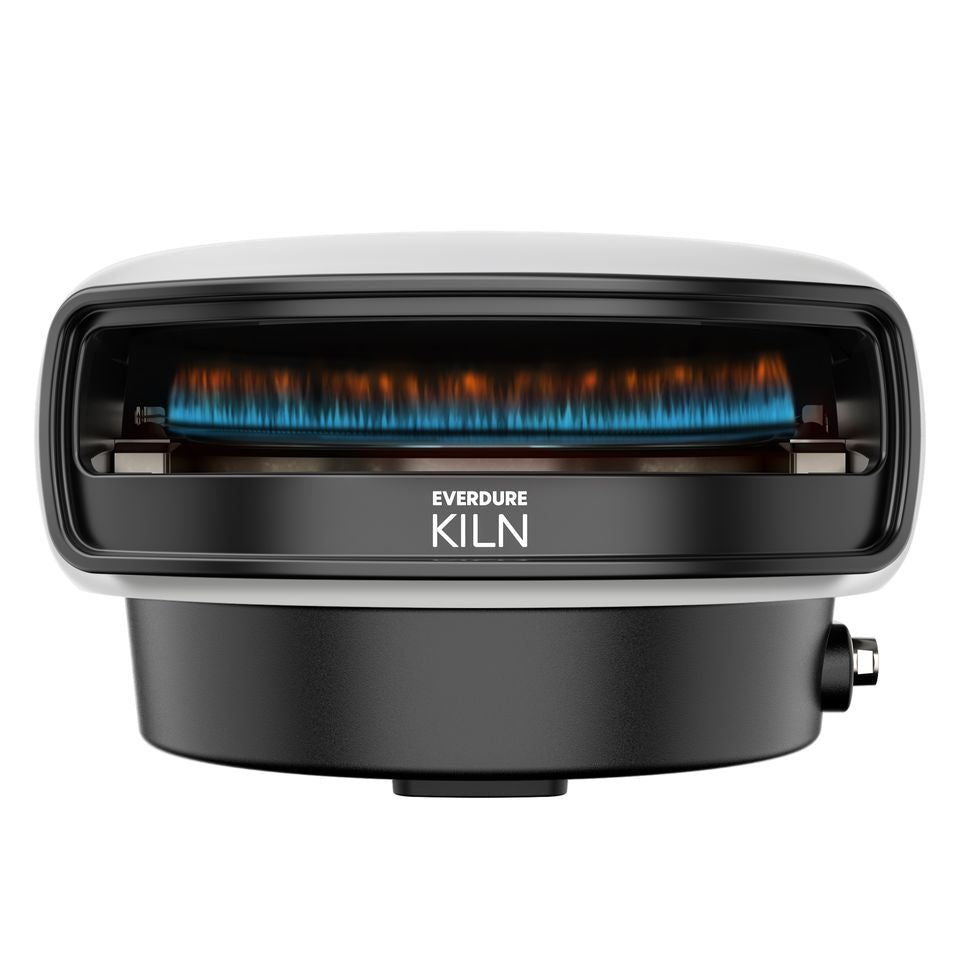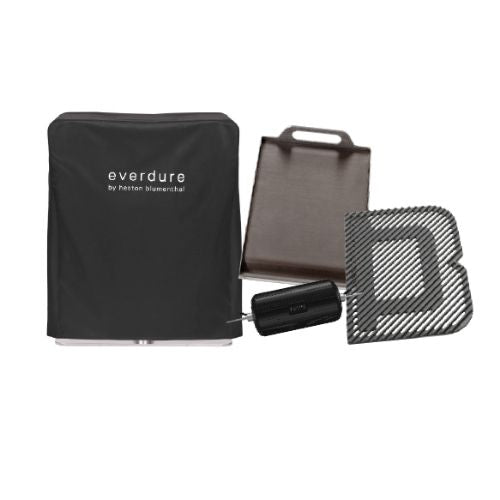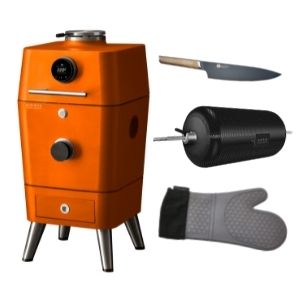Grill Like a Pro: Direct and Indirect BBQ’ing Explained
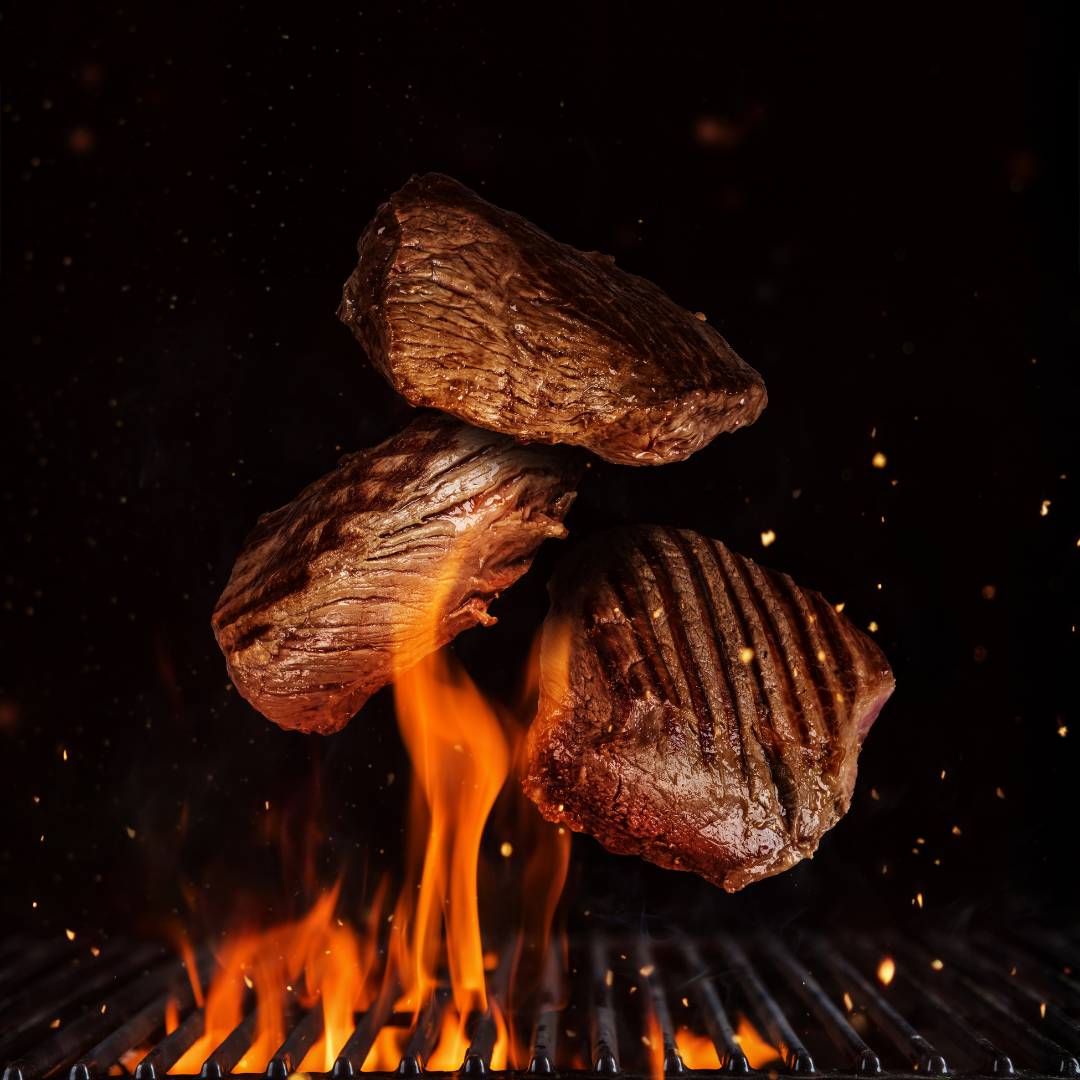
Grill Like a Pro: Direct and Indirect BBQ’ing Explained
Introduction
- Why Understanding BBQ Techniques Matters
- Overview of Direct and Indirect BBQ’ing
Direct BBQ’ing: The Quick Sear
- What is Direct BBQ’ing?
- Definition and Basic Concept
- Ideal Foods for Direct BBQ’ing
- How to Execute Direct BBQ’ing
- Preheating the Grill
- Placement of Food
- Monitoring and Turning
- Serving Tips
Indirect BBQ’ing: The Slow Roast
- What is Indirect BBQ’ing?
- Definition and Basic Concept
- Ideal Foods for Indirect BBQ’ing
- How to Execute Indirect BBQ’ing
- Setting Up the Grill
- Placement of Food
- Cooking with the Lid Closed
- Checking for Doneness
Combining Direct and Indirect BBQ’ing
- Why Combine Techniques?
- How to Set Up a Two-Zone Fire
- When to Use Each Technique in a Single Cook
Tips and Tricks for BBQ Mastery
- Avoiding Common Mistakes
- Enhancing Flavor with Marinades and Basting
- Using a Meat Thermometer Effectively
Barbecue enthusiasts know that the key to perfecting their craft lies in mastering the various grilling techniques. Among these, direct and indirect BBQ’ing stand out as fundamental methods, each offering unique advantages and flavors. In this post, we’ll dive into the differences between direct and indirect BBQ’ing, explore when and why to use each method, and share tips for getting the best results.
Direct BBQ’ing: The Sear of Perfection


What is Direct BBQ’ing?
Direct BBQ’ing involves cooking food directly over the heat source. This method is typically used for foods that cook quickly, such as burgers, steaks, and vegetables. It’s all about achieving a quick sear and creating that signature crispy, caramelized exterior.
How to Use Direct BBQ’ing
- Preheat Your Grill: Get your grill hot by heating it up with the lid closed. This ensures a consistent temperature and helps to get those grill marks we all love.
- Place Your Food Directly Over the Flames: Once the grill is ready, place your food directly over the heat source. For a gas grill, this means placing the food over the lit burners. For a charcoal grill, it means placing the food over the hot coals.
- Monitor Closely: Direct heat means the cooking happens quickly. Keep a close eye on your food to prevent burning, turning it frequently to ensure even cooking.
- Sear and Serve: Direct BBQ’ing is perfect for searing and cooking your food to a nice char. Once done, let it rest for a few minutes before serving.
Best For: Steaks, burgers, chicken breasts, and vegetables.
Indirect BBQ’ing: Low and Slow
What is Indirect BBQ’ing?
Indirect BBQ’ing is a technique where the food is cooked beside, rather than directly over, the heat source. This method is ideal for larger cuts of meat that require longer cooking times, like ribs, whole chickens, and briskets. It allows for slow, even cooking without burning the outside.
How to Use Indirect BBQ’ing
- Setup Your Grill: For a gas grill, turn on only one side of the burners, leaving the other side off. For a charcoal grill, arrange the coals to one side of the grill.
- Place Your Food on the Cooler Side: Position your food on the side of the grill that is not directly over the heat. This allows it to cook slowly with indirect heat.
- Close the Lid: Keep the lid closed to trap heat and create an oven-like environment inside the grill. This helps to cook the food evenly and retain moisture.
- Monitor and Baste: Occasionally check your food and baste it with sauces or marinades if desired. Indirect BBQ’ing often takes longer, so be patient and allow the flavors to develop.
- Check for Doneness: Use a meat thermometer to ensure that your food reaches the desired internal temperature before serving.
Best For: Ribs, briskets, whole chickens, and larger cuts of meat.
Combining Direct and Indirect BBQ’ing
Many BBQ masters use a combination of both techniques to achieve the perfect results. For instance, you might start with direct BBQ’ing to get a nice sear on a steak and then move it to the indirect heat to finish cooking without over-charring.
Pro Tip: Consider using a two-zone fire setup on your grill. This allows you to have a hot side for direct grilling and a cooler side for indirect cooking, giving you the flexibility to switch between methods as needed.

